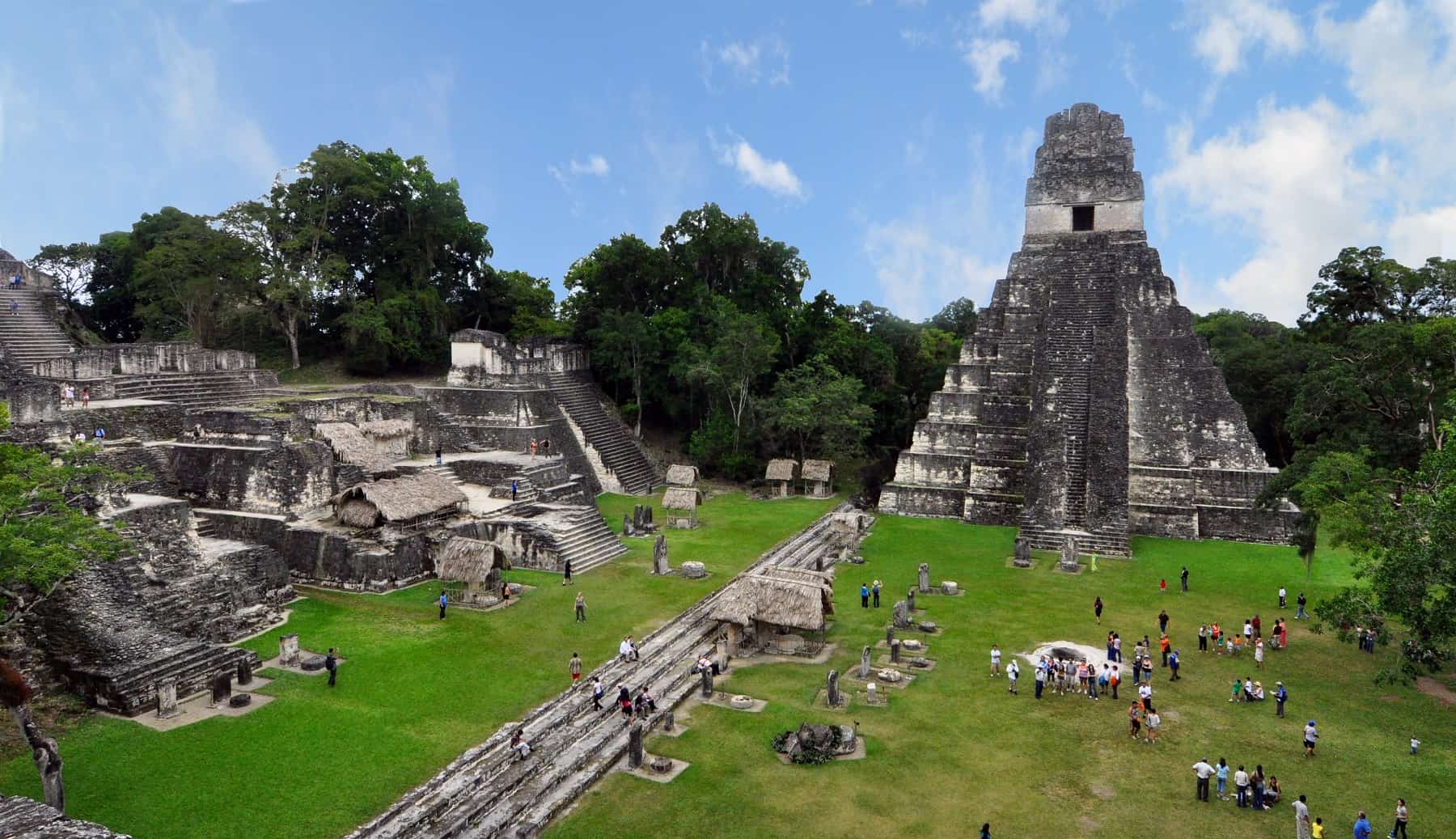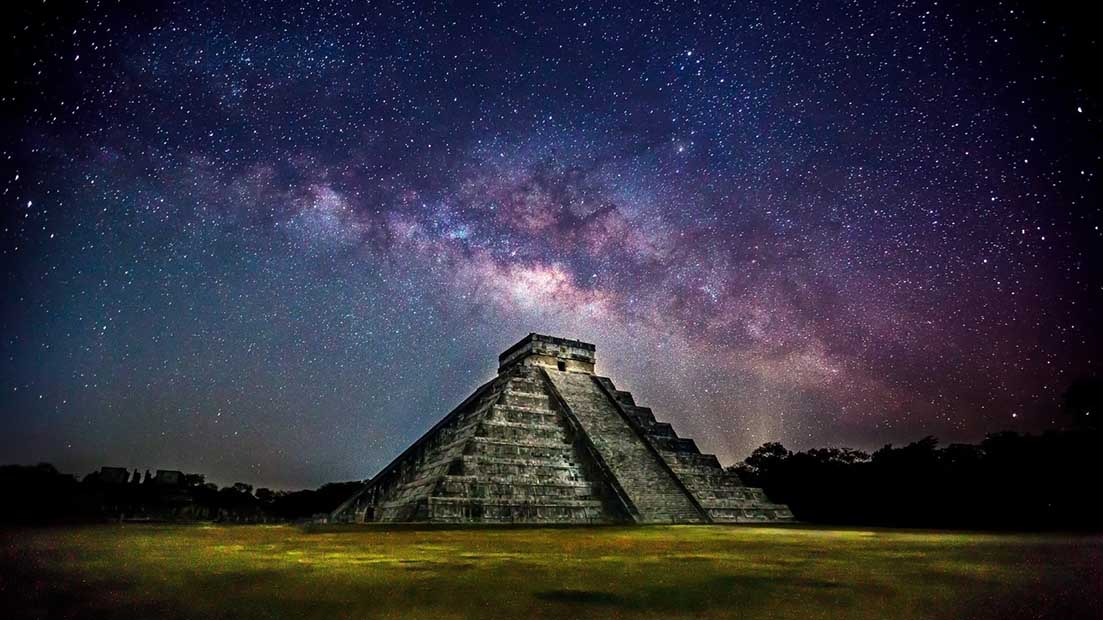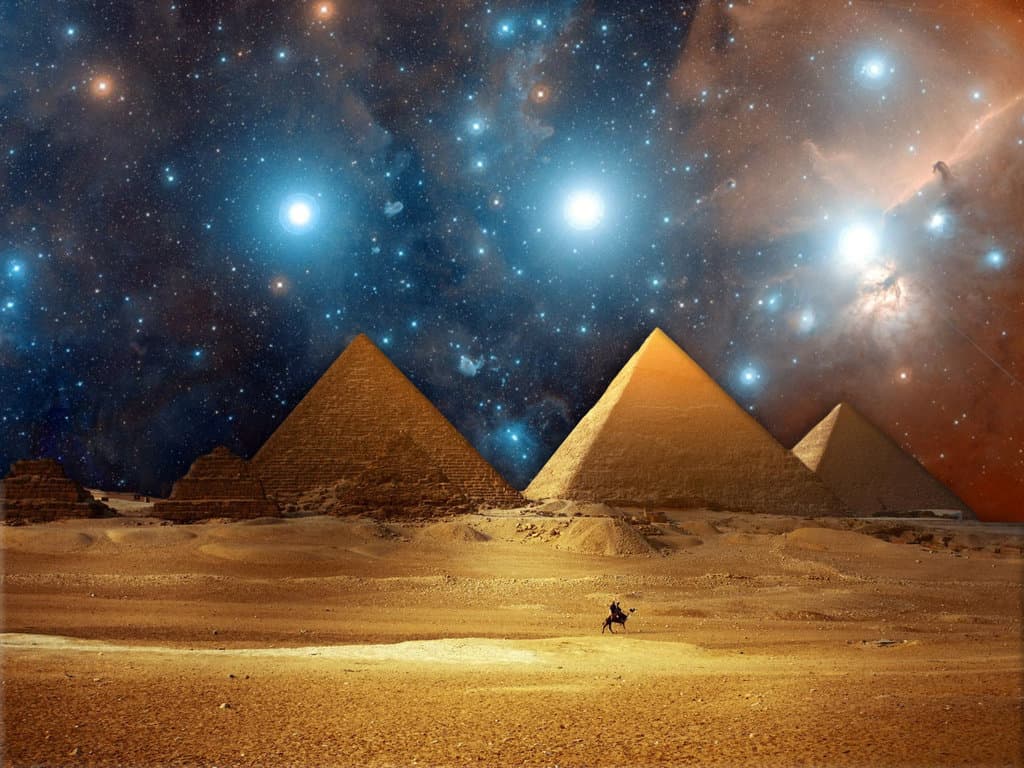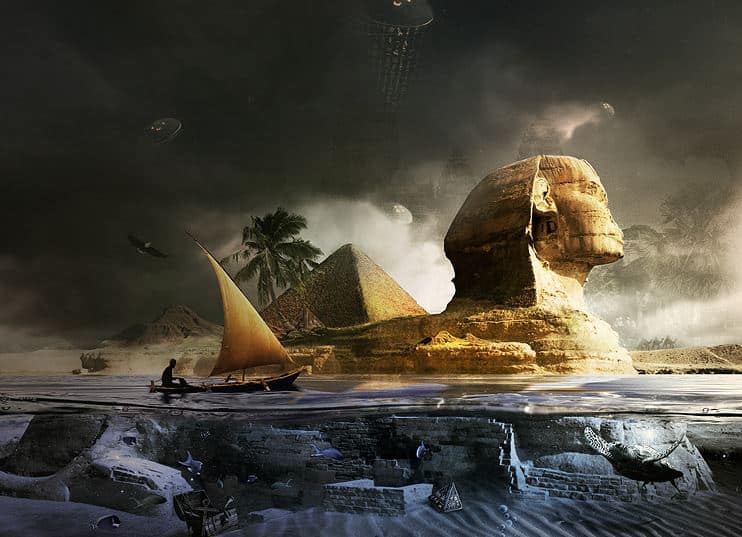
A NASA-funded study has found that ADVANCED ancient civilizations that existed on Earth thousands of years ago were as susceptible to collapse as WE are today.
Is there a mysterious, chaotic pattern within civilization?
How many times have you heard in history books that a superpower in the distant past became so advanced and uncontrollably powerful that it eventually collapsed?
You may think you haven’t heard of that in history books at all, but you may be wrong.
If we look back at our history books –which by the way are totally incomplete— you will notice that in the distant past, looking at the 18th century, for example, there were countries like France who were considered a world superpower.
Their mighty culture developed at such a rate that they eventually felt supremacy and acted irresponsibly in turn.
With vast territories overseas, spending money uncontrollably, eventually lead to catastrophic budget deficits which in turn caused them to enter into debts and their currency was devaluated, chaos followed.
Even though France did not disappear entirely from history, it is evidence of a small chaotic pattern present in modern-day society. This chaotic way researchers believe has been present in civilization for thousands of years.
The truth is that even before that, there were numerous cultures and civilizations that just as France and other countries, were the makers of their own collapse.
If we look back in history 3000–5000 years, we will find a historical record that clearly shows us how advanced and sophisticated civilizations were just as susceptible to collapse as we are today.
While lifestyles were much different in the distant past than they are today, it turns out that there is an ongoing pattern encrusted into humanity that raises numerous questions about our sustainability as a civilization which ultimately challenges our ability to stay ‘afloat’ as a complex society and culture.
If we look back in time over 10,000 years, we will discover that numerous advanced civilizations that predate the Inca, Olmec, and Egyptian civilization existed on Earth which mysteriously vanished without a trace.
Look back at the Ancient Maya for example. The Ancient Mayas were one of the most advanced and sophisticated ancient civilizations ever to rule on Earth.
This ancient Civilization, which flourished in the jungles of present-day Mexico(south), Guatemala and Belize is noted for the Maya script, the only known developed writing system of the Pre-Columbian Americas.

In fact, the ancient Maya were so ahead of other societies even in Europe, that they had perfected the use of rubber creating various products from it 3000 years before people in the Old World even knew what it was.
The Maya created fascinating monuments, pyramids, ancient cities, writing techniques and strangely, like many other great civilizations, they too disappeared under mysterious circumstances.
But in addition to the Ancient Maya, researchers around the globe have found similar patterns in other civilizations that just as the Maya, collapsed and vanished.
Many scientists argue that it is difficult to overlook the sheer number of repeating patterns in most of these civilizations, and a study partially funded by NASA provides us with evidence that there are certain (chaotic) characteristics present in ancient cultures that lived on Earth thousands of years ago and eventually disappeared.
This is considered by many people as a sign that clearly states that ancient civilizations have reset a number of times.
In the report, applied mathematician Safa Motesharri and his “Human and Nature Dynamical” model claim that “the process of rise-and-collapse is actually a recurrent cycle found throughout history.”
“The fall of the Roman Empire and the equally (if not more) advanced Han, Mauryan, and Gupta Empires, as well as so many advanced Mesopotamian Empires, are all testimony to the fact that advanced, sophisticated, complex, and creative civilizations can be both fragile and impermanent.”
In the study, we find that“Technological change can raise the efficiency of resource use, but it also tends to raise both per capita resource consumption and the scale of resource extraction, so that, absent policy effects, the increases in consumption often compensate for the increased efficiency of resource use.”
Sources:






